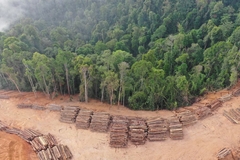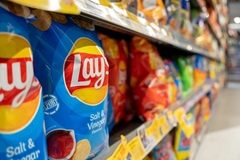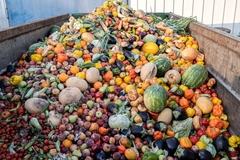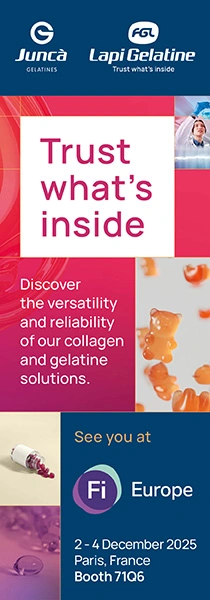U.S. Packaged Beverage Production to Reach 38.7 Billion Gallons in 2010
This will result in container demand of 236 billion units, valued at $19.7 billion.

08/05/06 CLEVELAND, OH -- U.S. production of packaged beverages will approach 39 billion gallons in 2010. This will result in container demand of 236 billion units, valued at $19.7 billion. Packaged beverage production will outpace shipments of unpackaged drinks such as fountain soft drinks and teas, draft beers, powdered mixes and bulk waters. Beverage consumption growth, and hence related container sales, will be driven by healthy levels of consumer spending; expanding young adult, middle-aged and older populations; growing interest in enhanced or functional beverages, and beverages with possible health benefits; tap water safety concerns; and continued high levels of new product introductions accompanied by aggressive marketing campaigns. These and other trends including market share, market leaders, market size and company profiles are presented in "Beverage Containers," a new study from The Freedonia Group, Inc., a Cleveland-based industry research firm.
Plastic containers continue to represent the growth segment of the beverage container industry, having captured a significant share of the market from traditional metal, glass and paperboard containers over the past several decades, and now hold 57 percent of total gallons packaged. Advances will be fueled by robust prospects for PET bottled waters. While bottles will remain dominant, more rapid growth is anticipated for pouches as ready-to-drink beverages are converted to pouch packaging based on advantages in terms of reduced material consumption and portability.
Metal containers, the leading beverage container type in unit terms due to heavy usage in the sizable soft drink and beer markets, will post limited advances based on marginal growth in soft drink demand, a flat outlook for domestic beer production and inroads by glass bottles in the beer market. Areas of opportunity will exist with faster-growing beverages such as energy drinks and eight-ounce soft drink cans.
The outlook for glass containers will reflect a continuing recovery as large-scale replacements of glass with plastic have generally been completed. Glass will continue to expand its share of the slow-growing beer container market as producers strive to compete against import beers and rely on premium beers in glass to achieve an upscale image. Declining demand for paperboard containers will result from continued supplantation of gabletop cartons by bottles and aseptic boxes by pouches. Contact: Corinne Gangloff, pr@freedoniagroup.com, 440-684-9600.
http://www.marketwire.com/mw/release_html_b1?release_id=128027











